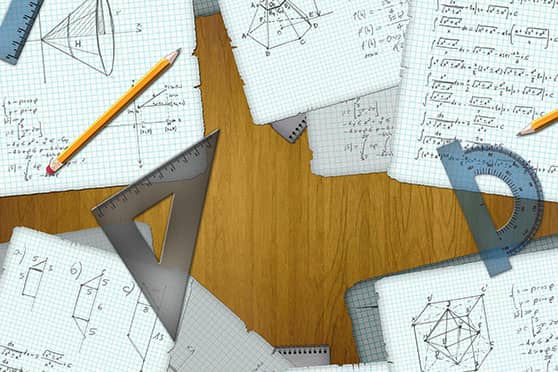JEE Main and state-level entrance exams: Your ticket to an engineering degree


An engineering degree is the key to a whole new range of careers in technologies like AI, blockchain and automation. Even then, traditional fields like Civil, Mechanical, Electrical and Chemical Engineering continue to be top draws in the job market. No wonder, getting an engineering degree is a dream for many.
But how do you go about cracking it? First up are the entrance examinations that you have to take after clearing your Plus-Two board exams. There are several national-level and state-level entrance exams that are gateways to specific colleges and streams. After a thorough research, choose some that you want to sit for.
Joint Entrance Exam Main (JEE Main)
JEE Main is conducted by the National Testing Agency (NTA). By clearing it, you can take admission to NITs, CFTIs and other engineering institutes. It is also the preliminary test for JEE Advanced for admission to IITs and IIT (ISM) Dhanbad.
Eligibility: You need to pass the Class XII board or an equivalent exam with Physics, Chemistry and Maths as compulsory subjects. A minimum of 75% aggregate marks is needed to be eligible for admission to IITs, NITs and GFTIs through JEE Main.
Mode of JEE: From 2021, JEE Main is held in four shifts, giving you multiple opportunities to score better than your previous attempts. However, you need not sit for all the shifts if you have performed as per your expectations at the first or second attempt.
You have to answer 3 papers in each shift of JEE Main.
Marking scheme: For every correct answer = +4
For every incorrect answer = -1
Age limit: None. You are eligible if you appeared for your board exams in the last 3 years.
Joint Entrance Exam Advanced (JEE Advanced)
If you’re interested in getting into an IIT, this is the exam you’ll have to take. Clear JEE Main to appear for JEE Advanced.
Eligibility: You need to be among the top 2,50,000 successful candidates (across all categories) in the BE/BTech paper of JEE (Main). You can sit for JEE Advanced only twice in two consecutive years.
National Aptitude Test in Architecture (NATA)
Clearing this exam will make you eligible for Architecture (BArch) courses in different institutes. The test has been designed to assess your observation skills, drawing skills, aesthetic perception and the ability to think clearly.
Eligibility: You need to pass your Class XII board exams with Physics, Chemistry and Maths as compulsory subjects. Or you need to clear your 10+3 diploma exams with Maths as a compulsory subject. You also need to score at least 50% in each of the compulsory subjects and 50% aggregate marks.
State-level entrance exams:
West Bengal Joint Entrance Examination (WBJEE)
The WBJEE is a state government-controlled centralised test conducted by the West Bengal Joint Entrance Examinations Board for admission to private and government engineering institutions in Bengal. This OMR-based exam is held offline.
Eligibility: You need to pass your Class XII board exams with Physics, Chemistry and Maths as compulsory subjects. Or you need to clear your 10+3 diploma exams with Maths as a compulsory subject. You also need to score at least 50% in each of the compulsory subjects and a minimum of 50% in aggregate.
Mode: You will need to write 2 papers in WBJEE.
Paper I: Maths.
Paper II: Physics and Chemistry (combined).
If you write both papers, you’ll be eligible for admission to Engineering, Technology and Architecture programmes based on your ranking.
If you appear only for Paper 2, you’ll be eligible for admission to Pharmacy programmes only. However, to enrol in Pharmacy programmes at Jadavpur University, you need to appear for both Papers 1 and 2.
Just like West Bengal, many states conduct their own joint entrance exams. If you clear these, you’ll be able to get admission to engineering institutes in those states. Here are some such exams:
Private engineering college entrance exams
Some private engineering colleges conduct their own entrance tests. These colleges admit students based on their performance in such tests. Some of these exams are:
Top engineering colleges in West Bengal